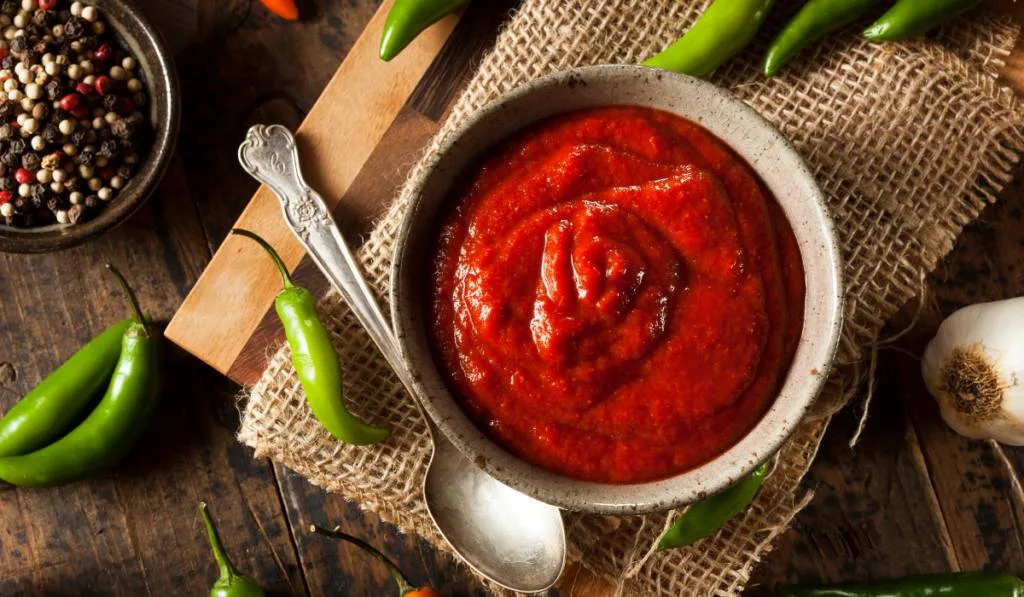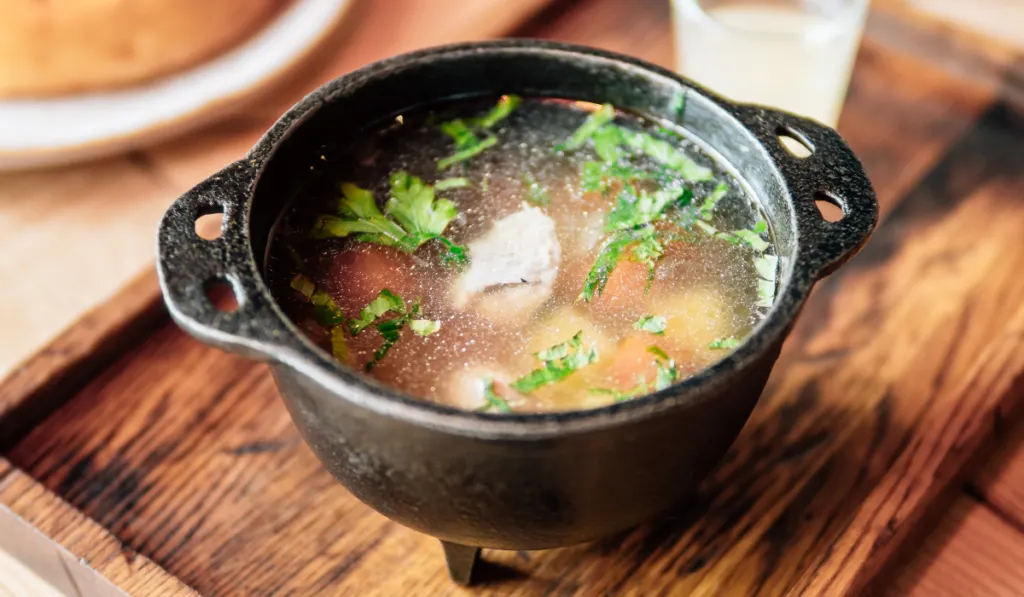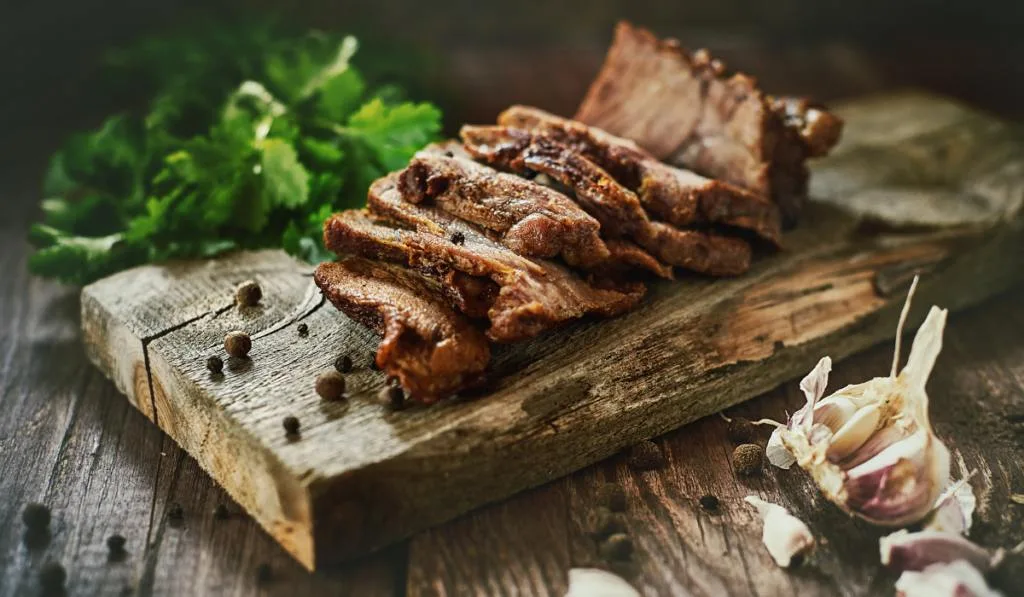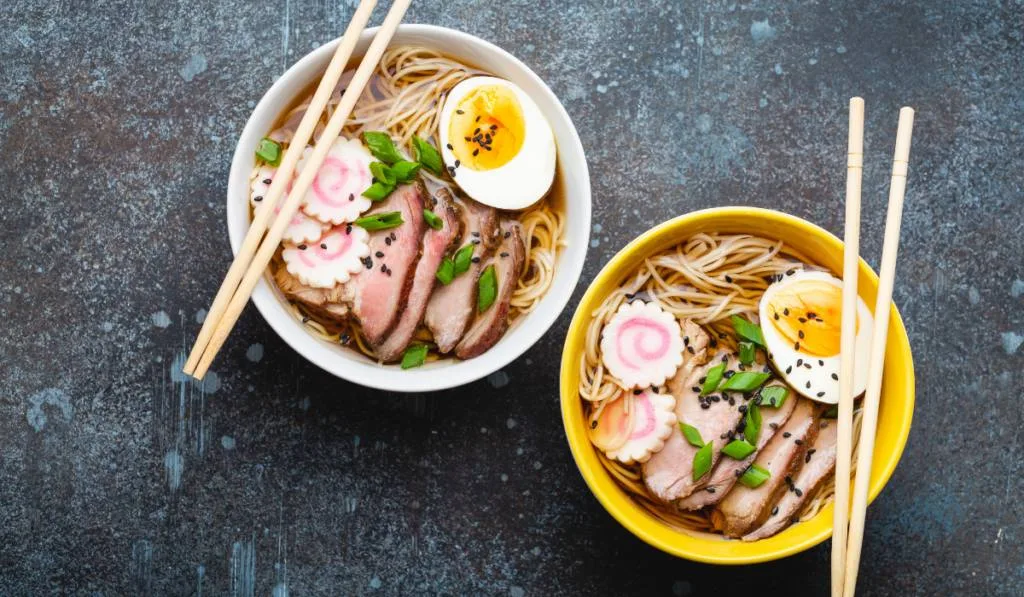Ramen is a fantastic option for food storage. It’s affordable and tastes good. Everyone loves a good pack of instant noodles, from kids to college students and older folks.
If you eat a lot of ramen packs, however, it can get a bit bland. Sure, there are different flavors, but eventually, you’re going to get tired of eating the same thing over and over.
One of the best ways to make ramen more delicious and exciting is to add seasoning that highlights the flavor of the instant noodles without overpowering the original taste.
You can add some spice, sauces, and herbs to change things up and make your noodles something new.
Here are some of the best and easiest ways to season ramen that you can try, starting today!
Table of Contents
Soy Sauce
Soy sauce is a great way to season ramen, making it taste more like something you’d find in a restaurant.
There is a rich umami flavor to soy sauce that beats adding salt.
Be careful not to add too much soy sauce because it can be overpowering in large amounts. Instead, drizzle some in slowly and mix it into the broth until you get it just right.
Sesame Oil

Sesame oil is another terrific addition to a homemade pack of instant noodles. The oil is thick and coats the noodles to make them feel more substantial when you eat them.
The sesame oil flavor is relatively strong, so you don’t need much of it with your ramen. It also mixes quite well with soy sauce.
Use a combination of both sauces to enhance an everyday pack of instant noodles.
Butter
This may sound strange to some people, but folks in the United States love putting butter on their ramen noodles.
Instead of eating the noodles in a bowl of soup like most people do, some people will boil the noodles in water, drain them, and then add the flavor packet with a dollop of butter.
Butter coats the noodles to create a richer flavor.
Without the broth, you also get a more robust flavor from the packet because it’s not diluted in water.
You can use salted or unsalted butter, according to your preference.
Sriracha

Sriracha is a famous Asian chili sauce that pairs extremely well with noodles, rice, and meat dishes.
For example, if you’re cooking ramen, you can add sriracha to your finished noodles for some kick and extra saltiness.
Sriracha goes very well with fresh diced green onions and sesame seeds sprinkled on the noodles. Drizzle the chili sauce into the dish before mixing it into the broth.
Coconut Milk
Have you ever had a bowl of laksa before?
It’s one of the world’s richest and most delicious noodle dishes. Laska originated in Malaysia and Singapore, but you can now find it at Asian restaurants worldwide.
One of the key ingredients to laksa is coconut milk, which makes the broth rich and creamy, with a lot of healthy fat.
Coconut milk is a fantastic way to make your broth thicker, and you can add some chili sauce to make it taste more like the laksa you’ll find overseas.
Bouillon

Some people think the ramen flavors that come in the packet aren’t strong enough. However, if you eat ramen enough, you tend to notice the processed flavor that comes from instant noodles.
One way to make the dish taste more like something made from scratch is to add more chicken or beef bouillon, depending on the original flavor of the pack you’re eating.
Adding bouillon makes the flavor stronger.
If you’re adding vegetables or anything else that might dilute the flavor from the packets, the extra bouillon helps to keep things salty and flavorful.
White Pepper
White pepper isn’t something you will find in every American grocery store. However, it’s an ingredient that goes into many Asian dishes. It’s got a stronger flavor than the black pepper we’re used to.
White pepper is a great way to balance the flavors of any added meat or vegetables in ramen. It’s got a bit of kick to it without being overpowering.
White pepper isn’t too spicy, so it’s perfect for people who want stronger flavors without any burning sensation.
Chili Pepper Flakes

Not everyone has sriracha in the fridge or white pepper in the cupboards. However, most Americans have chili flakes in the kitchen that go into pasta dishes, pizza, and other traditional American foods.
Dried red chili pepper flakes also go very well with ramen noodles.
Chili flakes offer a fast and easy way to add spice to the dish.
Wait until the ramen is done cooking before sprinkling some chili flakes on top. Then, add as much as you want until you get it as spicy as you like.
Star Anise
Star anise isn’t for everyone, but it is a unique spice that can add deep flavors to otherwise mundane ramen. The spice is popular in Asian dishes, especially soups.
Star anise has a peppery taste with a hint of black licorice, so people who don’t love black licorice may not love the results in their ramen.
If you like licorice and want something different, try star anise and see how it tastes!
Meat

Meat is another fantastic way to season your ramen. We know that meat isn’t a spice, but it’s full of flavor, and the meat taste will spread into the noodles and the broth.
Adding something like a grilled steak or slices of roast chicken to ramen is a terrific way to make the dish taste better and feel more substantial.
Simply eating a plain pack of ramen hardly constitutes a full meal. With meat, you get more protein and better flavors.
If you’re looking for seafood flavors, try adding shrimp, scallops, or fish balls from your local Asian grocer into your broth.
You can also buy thin slices of beef that will cook in your broth after your noodles are done, sort of like a bowl of Vietnamese pho.
Vegetables
Of course, adding vegetables is one of the best ways to season ramen and make it more of a complete dish.
You can add a ton of different vegetables that will all affect how your ramen tastes and how healthy it is as a meal.
Some of the best options include carrots, onions, broccoli, cabbage, and bok choy.
It’s hard to go wrong with adding vegetables to ramen. Not only do they impact the taste of the broth, but the veggies also soak up the flavors, making them appealing to kids.

Final Thoughts
Sometimes it’s challenging to think of new ways to cook ramen as you’re making your way through a large case of noodles you bought months ago. The flavors can feel boring, so adding different ingredients is a great idea.
Experiment with some of the options on this list to find new ways to season your ramen and make eating instant noodles more fun. You can always buy different ramen noodles next time, so you’re not constantly eating the same flavors.
Give yourself some extra time when you cook your ramen. If you’re always in a rush, it’s hard to add seasoning that will make eating ramen more enjoyable.
Resources
- https://lorimerkitchen.com/what-spices-to-add-to-ramen/
- https://www.pinterest.com/ideas/ramen-seasoning/
- https://cookpad.com/in/search/ramen%20seasoning
